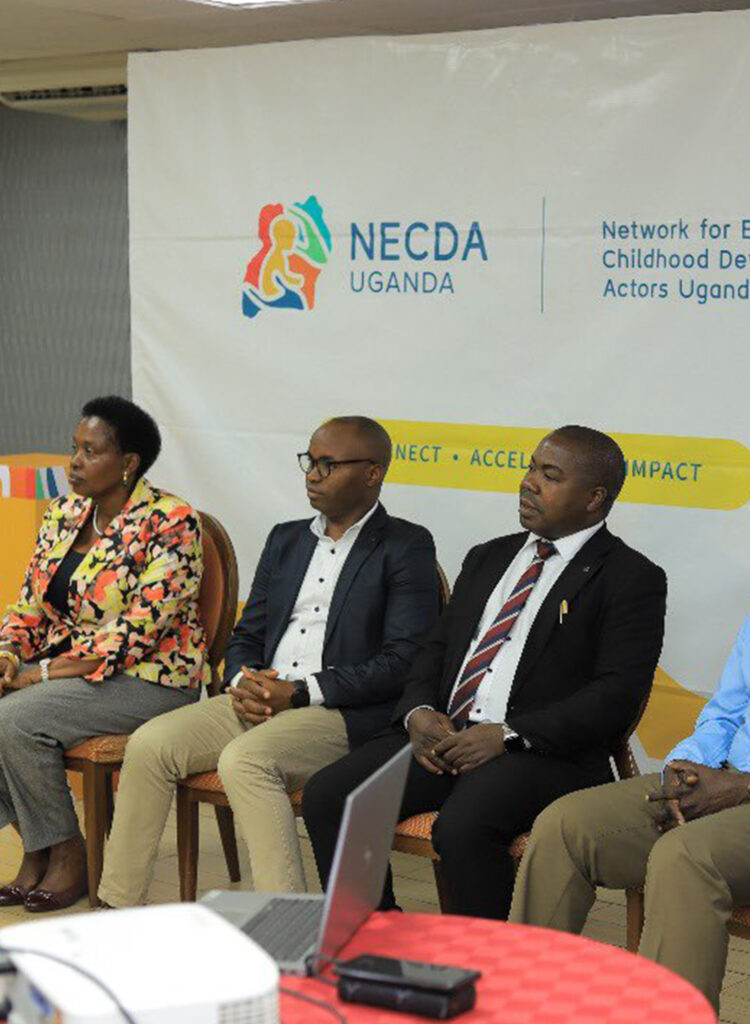Before a child learns to speak, count, or sing the alphabet, they must first survive, grow, and thrive. In Uganda, where nearly 30% of children under five suffer from stunting and many more face preventable illnesses, the idea that education begins at school is misleading. Real learning begins long before the classroom, and it is built on a foundation of health and nutrition. Without that foundation, every other effort, however well-intentioned, rests on shaky ground.
The Early Childhood Care and Education (ECCE) Policy offers a timely opportunity to reset how we think about early learning. The policy rightly frames ECCE as an integrated system that combines stimulation, care, protection, and nutrition. It acknowledges what science has long confirmed: that a child’s brain development is most sensitive in the early years, and that poor health, hunger, or toxic stress during this window can permanently hinder a child’s potential.
Despite this policy progress, services on the ground remain fragmented. Health centers focus on immunization and disease management. Nutrition programmes target under-fives through community outreach. ECCE centers; where they exist; focus on play, letters, and numbers. Rarely do these services speak to one another. Yet, the same child who comes for playgroup in the morning might be the one who goes to bed without a meal. The same mother attending a parenting session might have walked 5 kilometers to access antenatal care. Fragmented service delivery often forces caregivers to navigate parallel systems that don’t reflect the reality of their lives.
This is where integration becomes a necessity. Imagine an ECCE centre that also functions as a health promotion hub: children receive nutritious meals grown in a community garden; caregivers receive health screenings, deworming tablets, and parenting guidance; and community health workers visit homes to reinforce early stimulation messages. This is an achievable model when sectors work together, and community systems are empowered to act.
The importance of maternal and child nutrition in this ecosystem cannot be overstated. Malnutrition, particularly in the first 1,000 days from conception to age two, has irreversible consequences on brain development. Children who are malnourished in these early years are more likely to perform poorly in school, have lower earnings as adults, and face a lifetime of disadvantage. That is why investing in maternal nutrition, breastfeeding support, and diversified child diets must be part and parcel of Uganda’s ECCE strategy.
Promisingly, multisectoral actors are already laying the groundwork for these connections. Civil society organizations are integrating nutrition education into parenting programs. Health centers are piloting child development screenings during immunization days. In refugee settings, partners have successfully embedded early learning corners in nutrition units. What is needed now is scale, and coordination. Ministries, NGOs, and donors must align around joint targets for early childhood health and learning. District-level planning should ensure that ECCE centers are mapped alongside health posts and nutrition services. Local governments must be supported to convene health, education, and community development officers around shared goals for the youngest children.
Children cannot learn if they are not well. Investing in their nutrition, their health, and their caregivers is central to their right to grow, to develop, and to thrive. The ECCE Policy gives us the framework. The science gives us the justification. What remains is the will to bridge the gaps; between sectors, between services, and ultimately, between policy and practice.
If Uganda is to build a generation that can learn, work, and lead, then the journey must begin with a healthy start. Only by nourishing both the body and the mind can we unlock the full promise of early childhood development; for every child, in every corner of the country.




